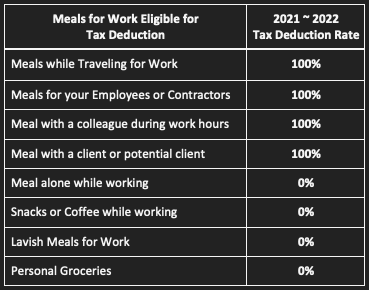For those involved with businesses across the U.S. and Canada, it is important to stay abreast of crucial income tax extension deadline in October 16. Whether you possess U.S. citizenship, are a Green Card Holder living in Canada, or own a business with U.S. interests, staying aware of key dates can greatly benefit your tax compliance efforts.
Time is quickly running out for those who requested an extension on their taxes. Failure to meet this deadline can have significant repercussions, and it’s important to note that this year’s tax day fell on April 18 rather than its typical date of April 15 due to a Saturday being a non-business day.
With the 18th tax extension deadline for Federal Income Tax filing quickly approaching, many taxpayers have looked to get an extension. Online research has revealed that more and more people are interested in getting an extension to complete their 2022 taxes. But it’s important to note that you will have limited time to finish your tax return accurately once this extension is granted. It is also essential to be aware of the possible penalties you may incur should you miss this filing date.
With October 15 falling on a Sunday, taxpayers seeking an extension of their taxes will need to remember that they now have until Monday, October 16. Failure to meet this new deadline comes with two possible penalties, depending on your circumstances.
For those who have failed to file their return on time, two penalties come into play: the failure to file a penalty and the failure to pay a penalty. However, those who have properly applied for an extension can handle the former. It is important that taxes be completed and filed as soon as possible after October 16 in order to avoid incurring any further interest or penalties due to a missed April deadline.
Although you applied for an extension back in April, October 16 is the final date you can pay your taxes. This is the cutoff point for those who requested an extension. Of course, there are still alternatives available to taxpayers from the Internal Revenue Service (IRS) should they still need to meet their tax bill.
The Internal Revenue Service offers a payment plan that enables individuals to pay taxes in manageable pieces. You can set up an installment agreement on its website to explore this option further. Furthermore, PriorTax dedicated tax professionals are available to assist you for free when filing your tax return.
For U.S. expats living abroad, determining U.S. tax filing deadlines can be a complex task; that is why PriorTax provides a free Dedicated Tax Professional to help. For instance, U.S. citizens or residents who live in Canada normally have an April 15 (or April 18 in 2023) deadline for tax filing an income tax return with the IRS. However, those whose tax home and abode are outside the United States and Puerto Rico are automatically given an extension until June 15.
In order to extend the filing deadline past the original date of April 15, individuals must take affirmative action by submitting Form 4868 for an automatic extension until October 15 (October 16, 2023). Alternatively, a carefully prepared letter can be sent to the IRS providing a valid explanation and potentially garnering another two months of leeway until December 15 with IRS approval. Yet another form, Form 2350, is available for U.S. expats who require extra time to meet certain Foreign Earned Income Exclusion requirements; this extends their filing deadline appropriately.
For U.S. Resident Individuals Tax Forms for Filing by Tax Extension Filing Deadline
Depending on what documents are to be presented, affirmative action may have needed to be taken in order for the original date to be pushed back.
- Tax Form 1040 – U.S. Individual Income Tax Return
- Tax Form 2555 – Foreign Earned Income
- Tax Form 3520 – Annual Tax Return To Report Documented Transactions With Foreign Trusts and Receipts of Foreign Gifts
- Tax Form 5471 – Information Return of U.S. Persons With Respect To Certain Foreign Corporations
- Tax Form 8621 – Information Return by a Shareholder of a Foreign Passive Investment Company or Qualified Electing Fund
- Tax Form 8938 – Statement of Foreign Financial Assets
- Tax Form 709 – United States Gift (and Generation-Skipping Transfer) Tax Return
- FinCEN Tax Form 114 – Report of Foreign Bank and Financial Accounts (FBAR)
U.S. Nonresident Alien Individuals Tax Forms for Filing by Tax Extension Filing Deadline
- Tax Form 1040-NR – U.S. Nonresident Alien Income Tax Return
- Tax Form 8833 – Treaty-Based Return Position Disclosure
- Tax Form 8840 – Closer Connection Exception Statement for Aliens
For U.S. Entity Businesses Tax Forms for Tax Extension Filing Deadline
The following are tax forms you may consider when preparing for filing tax extension by October 16, 2023,
- Tax Form 1120 – U.S. Corporation Income Tax Return
- Tax Form 5472 – Information Tax Return of a 25% Foreign-Owned Foreign Corporation or a U.S. Corporation Conducted in a U.S. Trade or Business
- Tax Form 1041 – U.S. Income Tax Return for Estates and Trusts
Contact PriorTax to find your free dedicated tax professional today to help you from start to finish to file your complex 2022 tax by October 16 to avoid any penalties.













